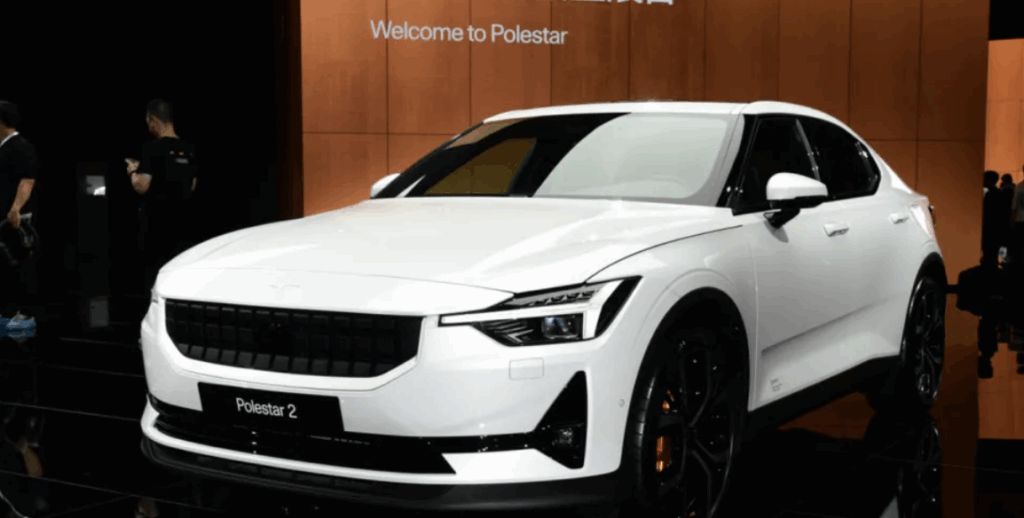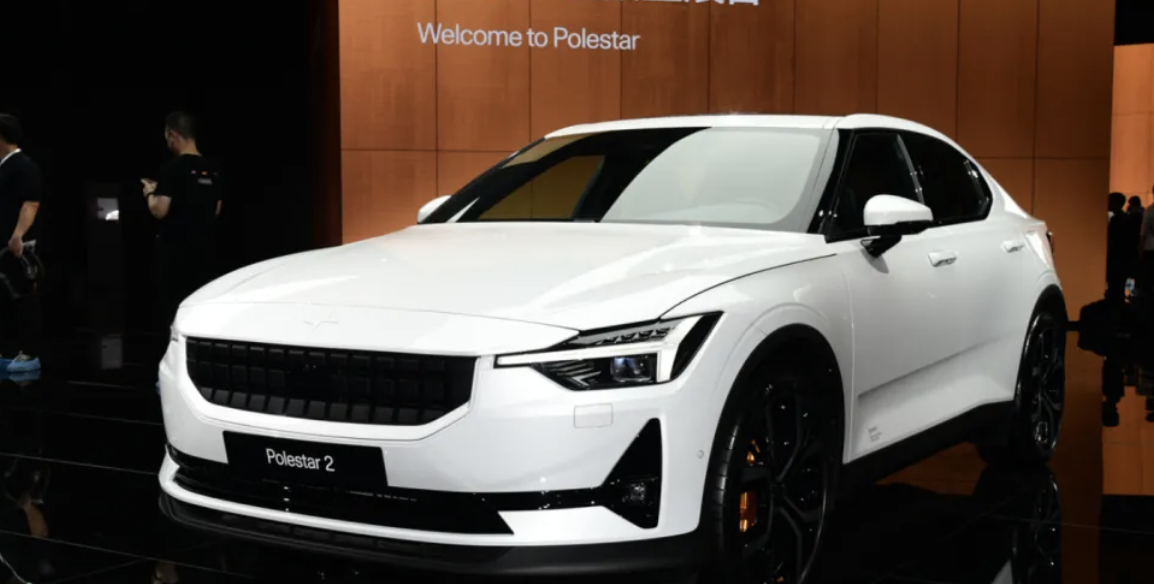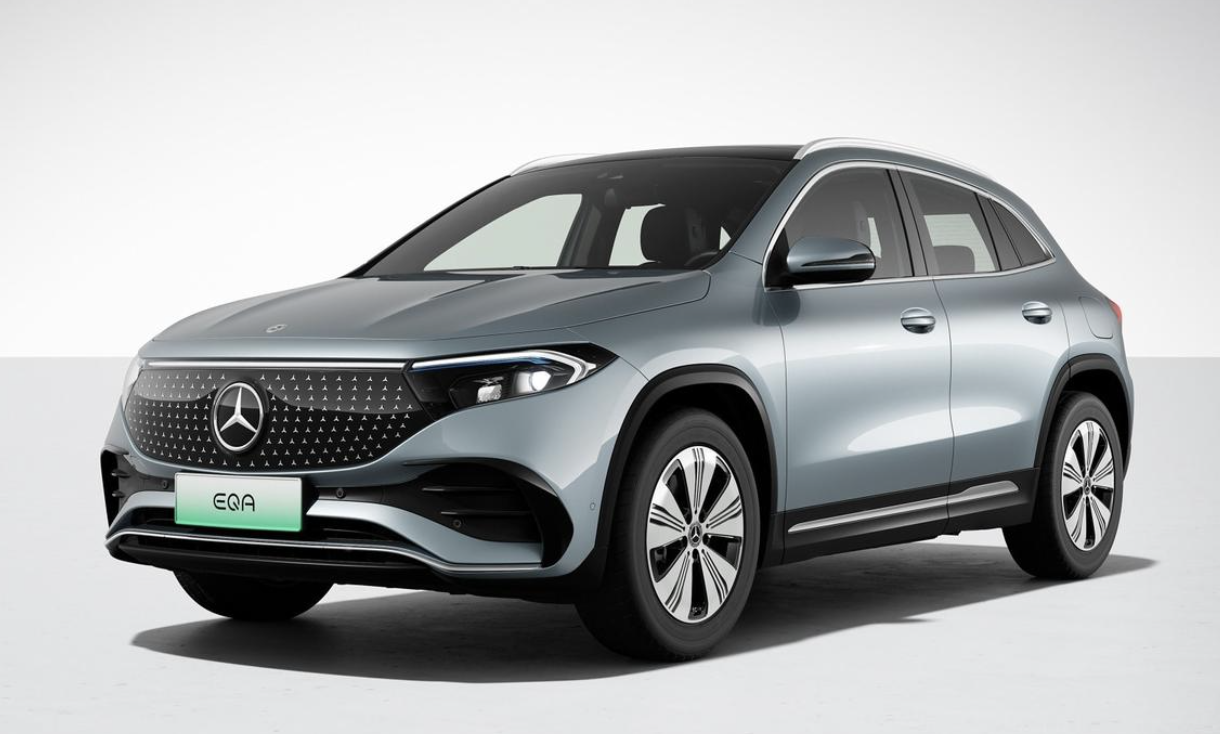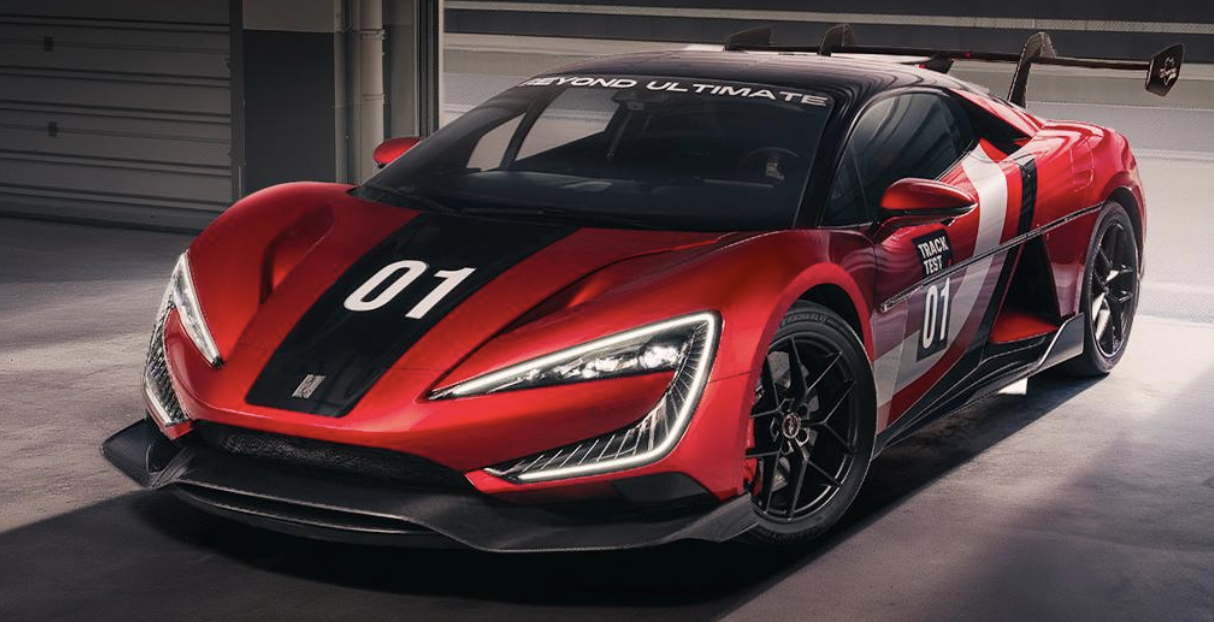Today, according to Lanjing Automotive, Polestar has closed its last direct sales store in China, located at L+Plaza in the Qiantan area of Shanghai, and is transitioning to an entirely online sales model.
This store was Polestar’s final direct sales outlet in China. In response to this news, Polestar China stated that it is strategically adjusting its business model in China to better align with the diverse and rapidly changing consumer demands of the Chinese market. At the same time, it emphasized that although the Shanghai store has closed, Polestar’s other operations in China will not be affected, and the rights of car owners will remain unaffected.

Polestar was originally a performance brand for Volvo, and in 2009, Volvo integrated Polestar into its motorsport and performance car development division. In 2015, Volvo fully acquired Polestar, making it its high-performance electrification development division. In October 2017, Volvo and Geely jointly announced the creation of the Polestar brand, aiming to compete with Tesla. Polestar’s first model, the Polestar 1, was launched in 2017, priced at 1.45 million yuan. Due to low brand awareness and high pricing, the Polestar 1 didn’t perform well in terms of sales.
To boost sales, the company launched its second model, the Polestar 2, on February 27, 2019. This compact all-electric vehicle was priced between 258,000 and 338,000 yuan, which was much lower than the Polestar 1, following a more mass-market strategy. However, due to fierce competition in the domestic market, sales of the Polestar 2 still did not improve significantly. In 2020, Polestar 2’s sales in China totaled only 342 units.
In 2023, Polestar began launching the Polestar 3 and Polestar 4 models, but these also failed to significantly increase the brand’s sales in China. From 2021 to 2024, Polestar’s sales in China were 2,048, 1,717, 1,100, and 1,726 units, respectively. In the first half of this year, Polestar’s cumulative sales in China were fewer than 70 units.
The poor sales performance in China has sparked discussions about whether Polestar will withdraw from the Chinese market. In August this year, some media reported that Polestar might completely exit China by the end of this year. The company responded at the time, stating that “business operations in the Chinese market are running normally, and user services and channel operations are unaffected.” Recently, an internal source from Polestar revealed that while the company will continue selling cars in China, its sales model is undergoing transformation, with adjustments expected to be completed in the fourth quarter of this year.
Interestingly, although Polestar’s sales performance in China has not been ideal, the brand achieved a year-on-year global growth in sales. From January to June this year, Polestar’s global retail sales reached 30,300 vehicles, a 51% increase compared to the same period last year. However, despite global sales growth, Polestar still faced financial losses.
The data shows that Polestar’s revenue in the first half of the year was 1.423 billion USD, a 56.5% increase, but its net loss was 1.193 billion USD, a 119.4% increase compared to the previous year’s loss of 544 million USD. The gross margin was -49.4%, and as of June 30, 2025, Polestar’s cash position was 719 million USD.
To address the poor sales and financial losses, the company has been making significant personnel adjustments in recent years. In January last year, Polestar announced plans to cut 450 jobs globally to accelerate profitability improvements and reduce overall capital requirements, aiming for cash flow balance by 2025. Polestar’s CFO, Johan Malmqvist, mentioned that the layoffs were driven by the current macroeconomic environment and the company’s efforts to control costs.
With the intensifying competition in the domestic automotive market, Polestar’s shift to online sales will face additional challenges.



